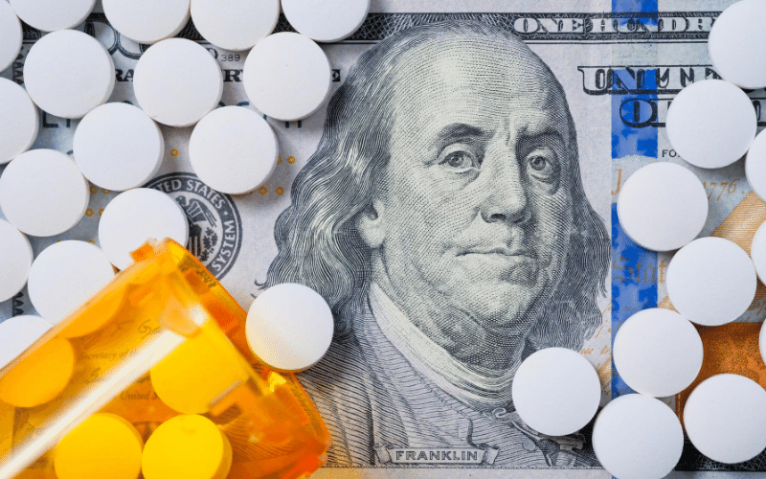Since 2018, the federal government has spent over 6 billion dollars to fight the opioid crisis. Governments have implemented programs to monitor prescriptions, expand addiction treatment, fund Narcan, and prevent drug abuse. This number is enormous, but it’s nothing compared to the costs of opioid drug overdose deaths.
In terms of money, researchers estimate that the opiate crisis has cost over 2.5 trillion dollars over the last few years. This number represents lost wages, costs of medical care, and treatment. The opiate crisis has impacted millions of Americans as overdose rates continue to skyrocket, not to mention the economic burden of sustaining the fight to lower opioid overdose deaths.
Where the Money Goes
There’s no doubt the fight to end the opioid epidemic is a public health problem. This is why so many agencies such as the Centers for Disease Control and Prevention (CDC) tirelessly talk about the importance of controlling prescriptions for chronic pain involving opioids.
In the meantime, the federal government sets aside to fight opiate abuse and addiction has gone to the following projects:
- The money is helping to increase border security to attempt to reduce the flow of drugs from other countries.
- Educating doctors and patients about the dangers of opiates to reduce the number of opiate prescriptions.
- They are increasing access to medication-assisted treatment like Suboxone and Naltrexone. The drugs reduce cravings and can block the effects of opiates.
- Research into opiate use disorder, addiction, and other options for pain management and addiction treatment.
- Grants for treatment, sober living, and support services to help people with fewer resources access care.
Downsides of Opiate Crisis Funding
More money for treatment and research is fantastic- that’s unquestionable. But there are a few problems with the way we have spent money on the opiate crisis. First and foremost, with a crisis that costs trillions of dollars, funding in the billions is a drop in the bucket. Many argue that we need even more funding if we are going to seriously combat the tide of addiction and overdose in our country.
Another problem with this approach is that it leaves some people out in the cold. For example, money is accessible for the areas of the country with the highest rates of overdose deaths.
Unfortunately, what this means is that cities receive money, while rural areas- with fewer people, and thus fewer overdose deaths- aren’t getting a lot of support. The distribution of resources is a problem since the opiate crisis has hit rural areas, such as West Virginia, hard.
Another issue is the opiate crisis funds are only for fighting opiates. Unfortunately, other drugs are still a huge problem. As meth use continues to rise, states need help fighting other drugs. The focus on opiates makes sense, but we can’t forget that other lethal drugs impact Americans everywhere.
Seeking Treatment for Drug Addiction
Whether the problem is opiates, meth, or alcohol, all addictions have some things in common. The opiate crisis has taken thousands before their time, but so have other drugs. Thus, increasing funding to fight substance use disorders is a must. One of the significant ways we can combat addiction is by offering ethical, effective treatment.
Everyone deserves an opportunity to recover, no matter their background. Generally, the first step is picking up the phone and reaching out for help. If you are one of the millions impacted by any form of addiction, don’t wait. We are on standby to help you start.









